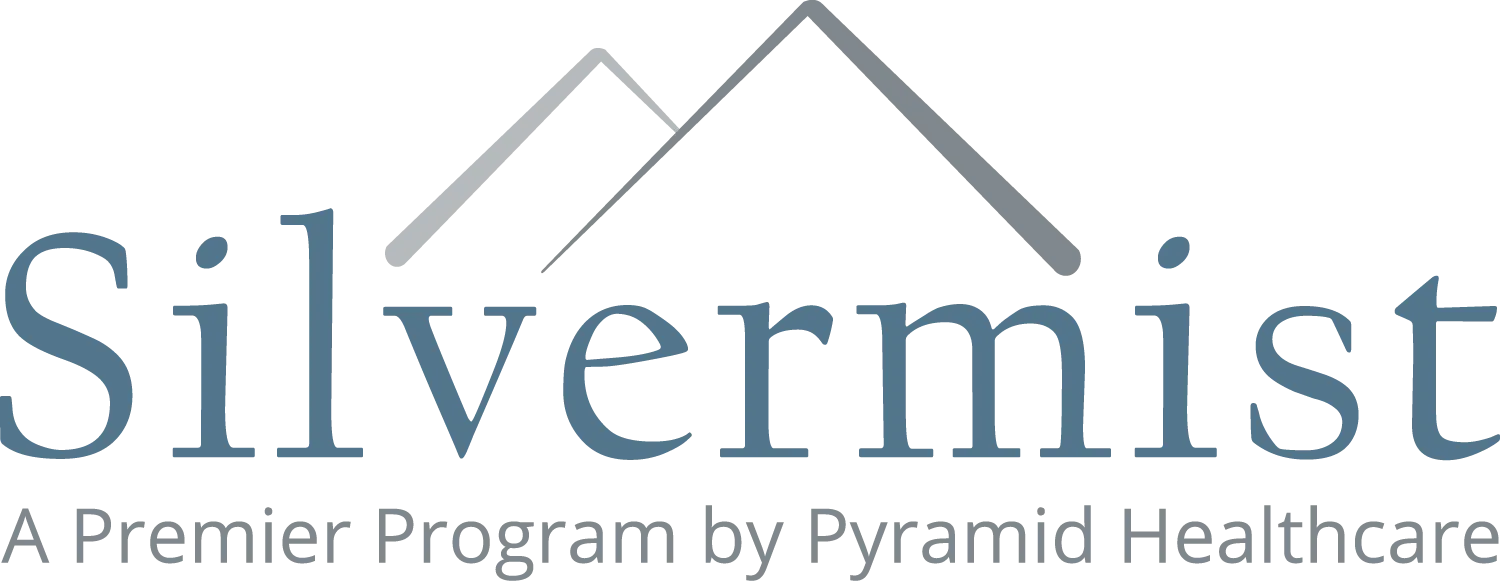Dialectical behavior therapy (DBT) is an evidence-based treatment that combines traditional cognitive behavioral therapy (CBT) techniques with holistic approaches like mindfulness and meditation. Originally developed by psychologist Marsha M. Linehan, DBT was designed to help individuals, particularly those with borderline personality disorder, manage extreme emotional responses. Today, it is widely used to treat a range of mental health disorders, including substance use disorders (SUD), where emotional regulation plays a key role in recovery.
What is DBT?
DBT is a form of psychotherapy that focuses on helping individuals understand and regulate their emotions. It combines acceptance strategies with the need for behavioral change, aiming to help clients create a balance between acceptance of their current state and the active pursuit of healthier behaviors.
DBT’s core techniques are grounded in:
How DBT Works
DBT therapy operates through a structured framework designed to address both mental illness and addiction. It helps individuals who struggle with managing emotions, self-destructive behavior and impulsivity. DBT therapists are trained to teach clients skills that help them reduce negative behaviors and improve their quality of life.
The therapy has four main phases:
- 1
Identifying Negative Behaviors: In this phase, clients learn to recognize destructive patterns in their thoughts and actions that contribute to their emotional distress.
- 2
Altering Behaviors: Clients work to replace unhealthy behaviors with positive coping mechanisms and strategies.
- 3
Applying New Skills: Clients practice applying the new behaviors and skills they’ve learned to real-world situations, helping them manage emotions and triggers more effectively.
- 4
Reintegration: Finally, individuals learn to reconnect with the world, rebuilding relationships and engaging with life in a meaningful, sober way.
DBT for Addiction & Co-Occurring Disorders
One of the most important features of DBT is its effectiveness in treating co-occurring disorders (sometimes referred to as dual diagnoses), where mental illness and addiction intersect. SAMHSA (Substance Abuse and Mental Health Services Administration) reports that over seven million adults in the U.S. experience co-occurring disorders, yet only a fraction receive adequate treatment.
DBT helps individuals with co-occurring disorders by targeting the root causes of their emotional struggles. By teaching individuals how to manage their feelings and react productively to stressors, DBT helps prevent relapse and improve mental health. This is particularly important for those who rely on substances like alcohol or drugs to cope with overwhelming emotions.
The Benefits of DBT for Addiction
Addiction often stems from an inability to cope with emotional pain, leading individuals to seek out substances for relief. DBT addresses this by teaching clients how to manage emotional surges and respond healthily to triggers. Some of the key benefits of DBT for addiction treatment include:
A Typical DBT Treatment Plan
Clients participating in DBT can expect a combination of individual therapy, group therapy and phone coaching. Here’s what each component entails:
During therapy, clients will also complete homework assignments, role-playing exercises and mindfulness practices. These activities encourage clients to continuously apply DBT skills outside of therapy.
Long-Term Benefits of DBT
The long-term benefits of DBT are significant, especially for individuals dealing with addiction or emotional dysregulation. Studies have shown that DBT can help reduce self-harming behaviors, decrease substance use and improve emotional resilience. Because DBT focuses on changing behavior over time, it teaches clients practical skills that continue to benefit them even after treatment ends.
Additionally, DBT encourages clients to participate in healthy social groups, such as 12-step programs or SMART Recovery, to maintain support networks and reduce the risk of relapse. These communities provide emotional support, ongoing encouragement and a safe space for individuals in recovery.
How Long Does DBT Last?
The typical duration of DBT treatment is about six months, though some individuals may benefit from extended therapy, depending on their needs. This timeframe allows clients to learn and practice new skills, address underlying issues and build a solid foundation for long-term recovery. After completing DBT, many individuals choose to continue with individual counseling or join support groups to maintain their progress.
Managing Relapse with DBT
Relapse is a common challenge in addiction recovery, but DBT helps individuals handle it constructively. If a relapse occurs, DBT teaches clients to accept the event, identify the factors that led to it and focus on returning to sobriety. By addressing the emotional triggers that contribute to relapse, DBT provides clients with the tools to prevent future substance use and sustain long-term recovery.
Is DBT Right for You?
If you struggle with addiction or a mental health disorder and find it difficult to regulate your emotions, DBT may be a suitable treatment option. It’s especially beneficial for individuals with co-occurring disorders who need help managing both mental illness and substance use issues.
At Silvermist in Pennsylvania, we specialize in using dialectical behavior therapy to support individuals on their journey to recovery. Our experienced team of therapists provides personalized care that helps clients build emotional resilience, develop coping strategies and find long-term healing.
For more information about our DBT programs, contact us today. We’re here to help you take the first step toward a healthier, happier life.
